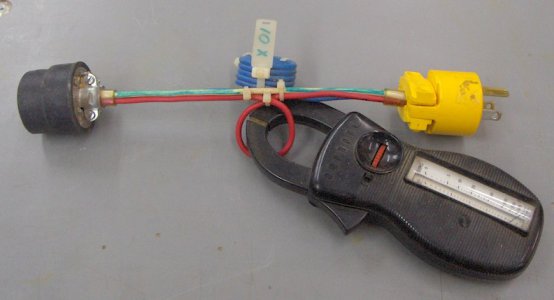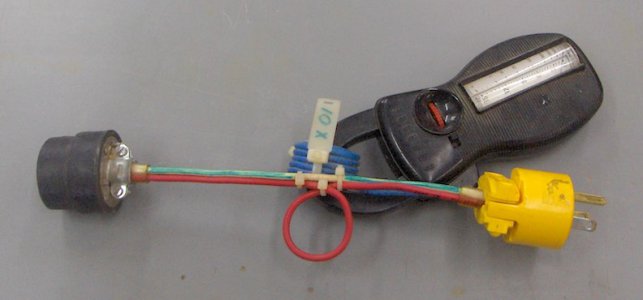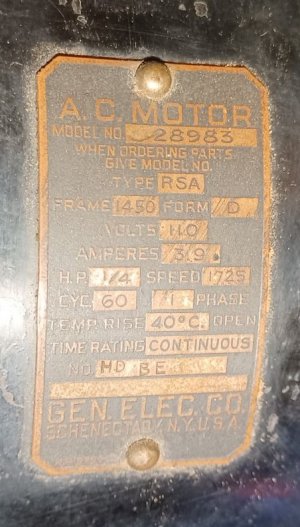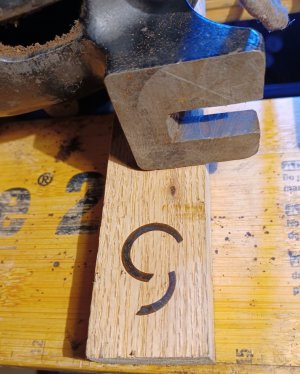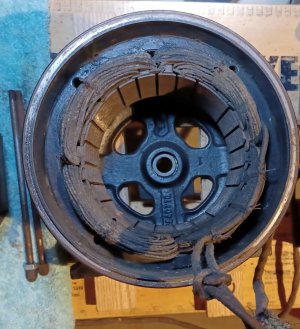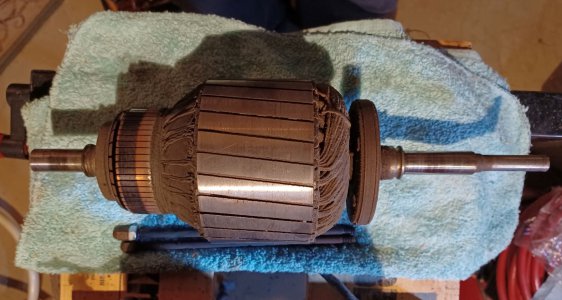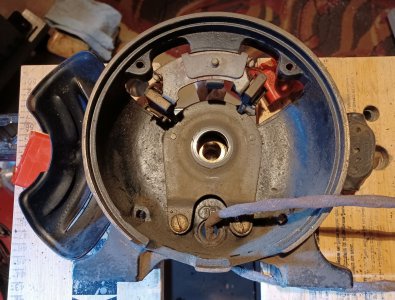Another Sea Story for y'all. I've been up all night, couldn't sleep and just wanted to recount some of my experiences.
Background: the same mill as noted above. The furnaces (2) used 115KV to the plant, where it was reduced to 44KV. The 44KV crossed the plant to another transformer where the power was reduced to ~300 volts for the electrodes. I'm not real sure about the electrode voltage, that just sounds right. We're talking over 30 years ago. FWIW, I am not, and never have been a "High Voltage Lineman".
To put the arc furnaces in perspective, picture in your mind a Lincoln "Buzz Box" welder, a farm welder. Three of them, since it was 3 phase. The arc is adjusted by making arc length for each phase longer or shorter. Now picture the "rods", the electrodes as 14 inches diameter. They were toward the small end, USSteel used 18 inch electrodes. Bigger ladles. . .
I will admit up front the failure was my fault. I made a mistake and cost the company several days down time. In my defense, I had been working 84 hour weeks for a while. 7 -12s, no break, no relaxing time, get up, go to work, go home sleep, get up again. When the boss told me to open the switch, I opened the switch. High voltage, 115KV, uses an Oil Circuit Breaker where the contacts are covered with oil to prevent flash over. The disconnect is just that, not a control device, just a way to ensure the circuit is dead. The OCB is supposed to handle loading and unloading the circuit. The disconnect just isolates.
There had been a miscommunication between my boss and the production foreman. Both of the furnaces were running flat out, called a "flat bath" where the ladle was melted and temperature was being brought up. Boss told me to open the switch, I opened the "disconnect" without opening the OCB. Those 84 hour weeks caught up with me. At near full load, when the jacks opened, they arced across. And continued to arc for nearly a minute. At the time, it felt more like 2 hours. The jacks were originally some seven feet long. By the time the arc cut out, they were only about three feet. All I could do was hunker down and pull my collar up to prevent the sparks from getting in my clothes. Shut down the plant for 3-4 days while the power company repaired the switch. Me? I was just numb. There was no disciplinary action taken, I didn't even get chewed out.
.
